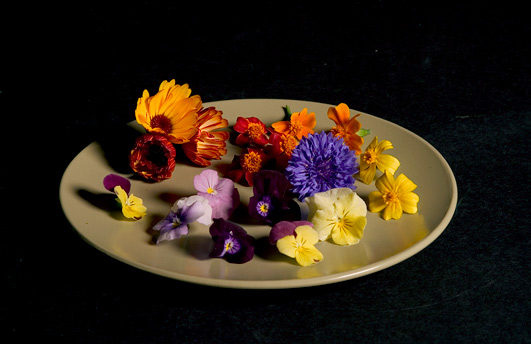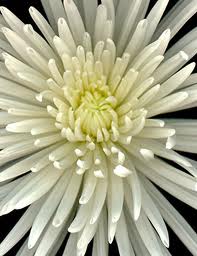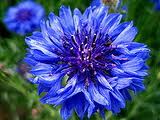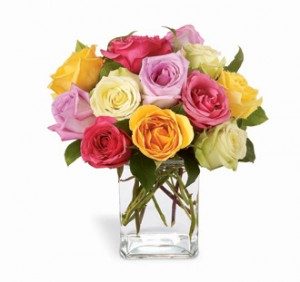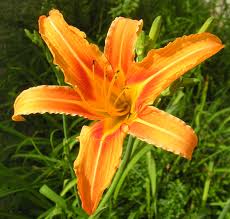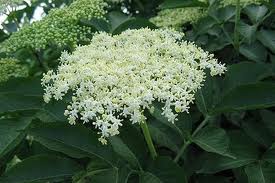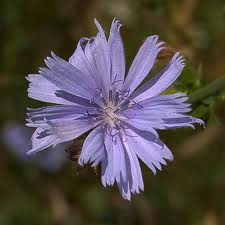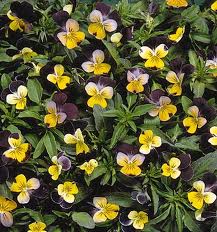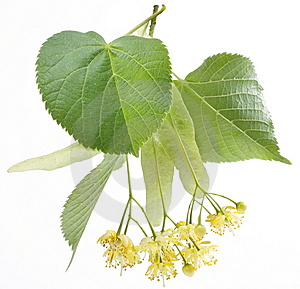Mayflower, Chrysanthemum, Cornflower, Rose, Daylily, Elderberry, Chicory, Johnny-Jump-Ups, Linden, Banana
A rite of spring in the frozen north, or at least the part I lived in as a kid, was to go looking for Mayflowers. Hardy little souls, they would blossom on the side of small Maine mountains and cope with bone-cold nights and reluctant-to-melt patches of snow and ice. They are the first to blossom after the frost leaves. My mother had her favorite haunts for the flowers and we would go clambering amongst boulders and hardwoods for them. Their intoxicating aroma, and the fact they are the only green thing growing that time of year, makes them easy to find. Epigaea repens, also called Trailing Arbutus, actually have the same aroma as citrus blossoms, or at least to my nose they do. Slow growing and in the Heath family they are salad fare but light and delicate. However, in many places they are rare, so pick accordingly. They’re also illegal to pick in some places. Check your local laws, or, have no witnesses and eat the evidence. See full article on site.
Our next edible needs little introduction: The Chrysanthemum, also called Mums, one of my grandmother’s favorite. First cultivated in China perhaps 3,500 year ago, they have been on the menu for many millennia. Mums got to Japan in the 8th century and are the flower of the emperor’s family. Yellow and white “mums” botanically Chrysanthemum morifolium, are the ones usually found in the kitchen. The blossoms are boiled to make a sweet drink. In salads the raw flowers are pungent, if not bitter. Use sparingly. They are also used to flavor wine (remember lilac wine?) The leaves are steamed or boiled and used as greens. I’ve grown them in my vegetable garden for that very purpose. The greens also dehydrate well. To Victorians a red chrysanthemum means “I love” a white one, truth, and a yellow one “slighted love.”
When you’re a kid you’re told everything is poisonous, and for me that included Bachelor Buttons. Also called the Cornflower, they have been tossed into salads and used for a garnish for a long time. They got the name cornflower because the hardly species grew in English grain fields when all grain was called “corn.” Long before wedding rings were common bachelors indeed did wear Bachelor Buttons in their jacket button holes to let the ladies know they were single. How did she let them know the same thing? Curiously, she showed cleavage. Married women covered up, single women advertised. Another version is that if the flower retained it color while worn his love was true, but if it faded it was not… sounds a bit rigged to me… Then again, I might not have been a lifelong bachelor if I had picked a few of these flowers. Bachelor Buttons were the favorite flower of President John Kennedy. His son John John wore one at his wedding to honor his father. The flower also reaches way back into history. It was used in the funeral wreath made for Pharaoh Tutankhamun, about 3,300 years ago. Their flavor is spicy, sweet, reminds one of cloves. In the language of flower a Bachelor Button means “single blessedness.”
Long ago and far away I got accepted to law school… Another story for another time. The job I had stopped before classes began so to tide me over I delivered flowers. One could tell several stories regarding that including how most women are very suspicious when they get roses from him on other than Valentine’s Day. I even had some deliveries refused! Beyond that, however, the roses I delivered had no scent. None. Zip. Zilch. Nada. No rose aroma at all. Just before I would deliver them I’d take them out of the van and spray them with an artificial rose aroma. The roses were raised for their look and in the process the scent was bred out (and you did not spay them in the van or you smelled roses for weeks.) Less purebred roses are known for their rose hips and edible petals. The flavor depends on the type, color and conditions of raising. They can range from tart to sweet, spicy. Darker ones have stronger flavors. Remove any white portion of a petal. That will be bitter. All true roses (genus Rosa) are edible.
A foraging standby in all but the southwest desert and northwest Canada is the daylily. But first a couple of precautions. I am writing about only the Hemerocallis genus. Also go sparingly, they can be diuretic or laxative. That said day lilies are on the sweet side, vegetable-ish. Like squash and gladiola blossom they’re used to hold tasty finger food but like other blossoms cut them away from the white bitter base. I used to enjoy them often but the only local patch is now under a highway exit. See full article on site.
No compendium of edible wild flowers is complete without mentioning Elderberry blossoms. Small, aromatic, they have been used for tea for centuries with some recipes 600 years old. They can also be put into pancake batter and the like to sweeten and give a nice texture. Another use for the blossoms is to flavor a light summer time sparkling wine, or as my friend Dick Deuerling would call it “Elder Blow Champagne.” The dark purple to black berries have been used medicinally — particularly for colds and flu — and in the kitchen. I like Elderberry pie and to use the dried berries as a spice such as on ham. Approach red elderberries with caution. See full article on site and video.
I can remember the first time I saw Chicory in blossom. I was in Alexandria, Virgina, visiting a dear friend for a couple of weeks and wandering amongst parks, monuments, and museums. The mower had somehow missed it and I noticed it immediately. The blue pretty Chicory is a close relative of the dandelion but not sweet at all. In fact it runs towards bitter and earthy. Think radicchio. You can eat the flowers and the bud, or pickle the buds. The root has been roasted and used to extend and flavor coffee. See full article on site.
I don’t know if I should tell you about Johnny-Jump-Ups or not. Botanically Viola tricolor, they are among the first flowers I can remember my mother picking from the wild and eating on the spot. She did it because her mother did it (and she also never missed harvesting a cowslip either.) Johnny-Jump-Ups like moisture and can tolerate shade so… here goes… Our house was in the country had a septic system with drain field. That drain field was moist and shaded and Johnny-Jump-Ups grew there in profusion. And that is where my mother picked them, one after another, eating them on the spot. She’s now 86. Maybe they primed her immune system. Johnny-Jump-Ups have a mild wintergreen flavor and a variety of uses. They’re added to salads, desserts, soups, served with cheese and used to decorate confections. Incidentally they are the ancestor of the common Pansy. To see an on site article about violets click here.
My first association of the Basswood tree was not with flowers but its soft young stems. My father used to make homemade pipes out of apple wood then use a basswood stem for the pipe stem. (Read about it in “Dad’s Applewood Pipes.”) If the cattail is the supermarket of the swamp the Basswood tree is the supermarket of the forest. However, its blossom are edible and make a well-known tea though you may know of it by its other name, Linden tree and Linden tea. The Linden tree is nearly impossible to misidentify in that it is the only one in North America that has what looks like a large tongue depressor under the blossom. The flowers are delicate and have a honey flavor. Mix them with basswood seeds and the combination tastes like chocolate. See full article on site and video.
Few people in temperate North America ever think of eating a banana blossom, but a lot of folks in warm areas do, and it does not prevent your banana tree from producing fruit. The entire flower/fruit arrangement of the banana is odd with the blossom being a purplish torpedo. Look closely at the stalk end of the blossom and you can see what will eventually become a hand of bananas. The blossom can be eaten raw (bitter-ish) or cooked, less or no bitterness. Usually it is peeled to get the more tender parts then shredded or sliced thin and soaked to reduce the bitterness. The flavor is not of the banana but rather more of a vegetable. See full article on site and video.
Be sure to read Edible Flowers: Part Four

